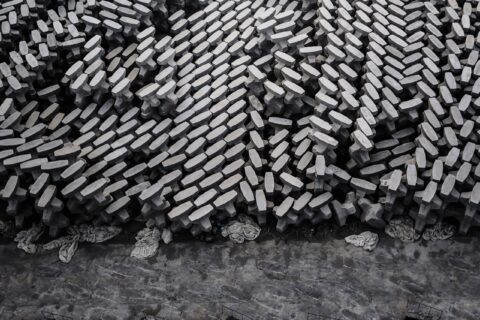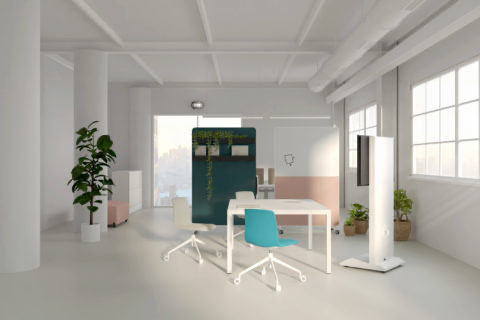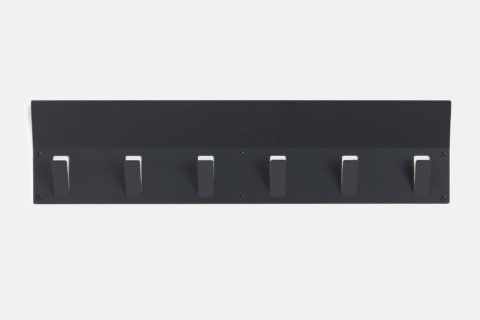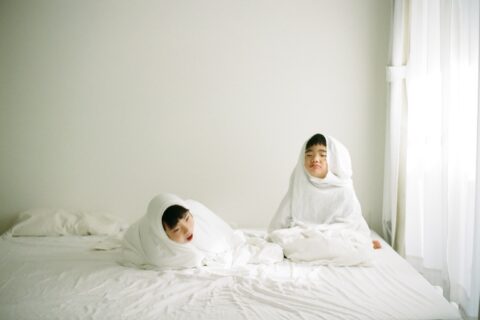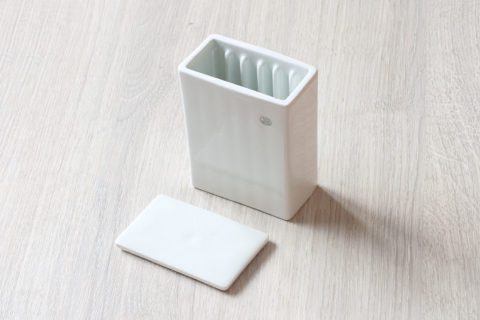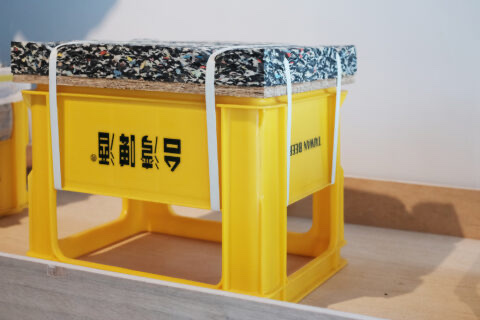
「所謂的進步究竟是甚麼呢?我們須要認真地想想。被說是進步的事物,是否真的是進步呢?實在該冷靜地思考一下。」
“What does it mean by ‘progress’? We have to think carefully. Are things considered as ‘progress’ actually a progress? We need to stop and think about it.”
– Jurgen Lehl
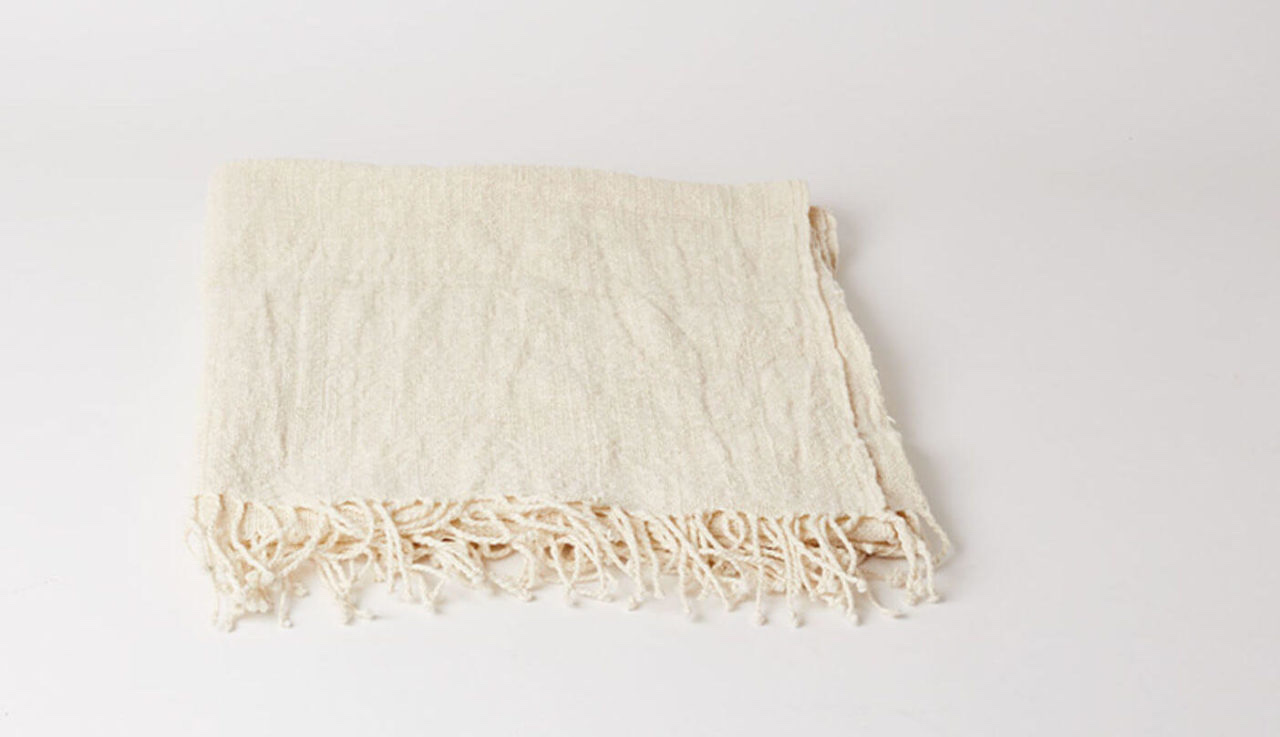
Born in Poland, the German designer Jürgen Lehl traveled to Japan when he was 27 years old. While his original plan was to stay for three or four months, he ended up staying there for 43 years. In 2014, when the designer turned 70, he died in a car accident in Okinawa. During his years in Japan, Lehl had established a fashion brand Jurgen Lehl, as well as a fashion and homeware brand Babaghuri. His designs were beautiful, the material he used was of high quality, but what Lehl was most known for, was, in fact, his concern for the environment, and how he incorporated this concern into his products.
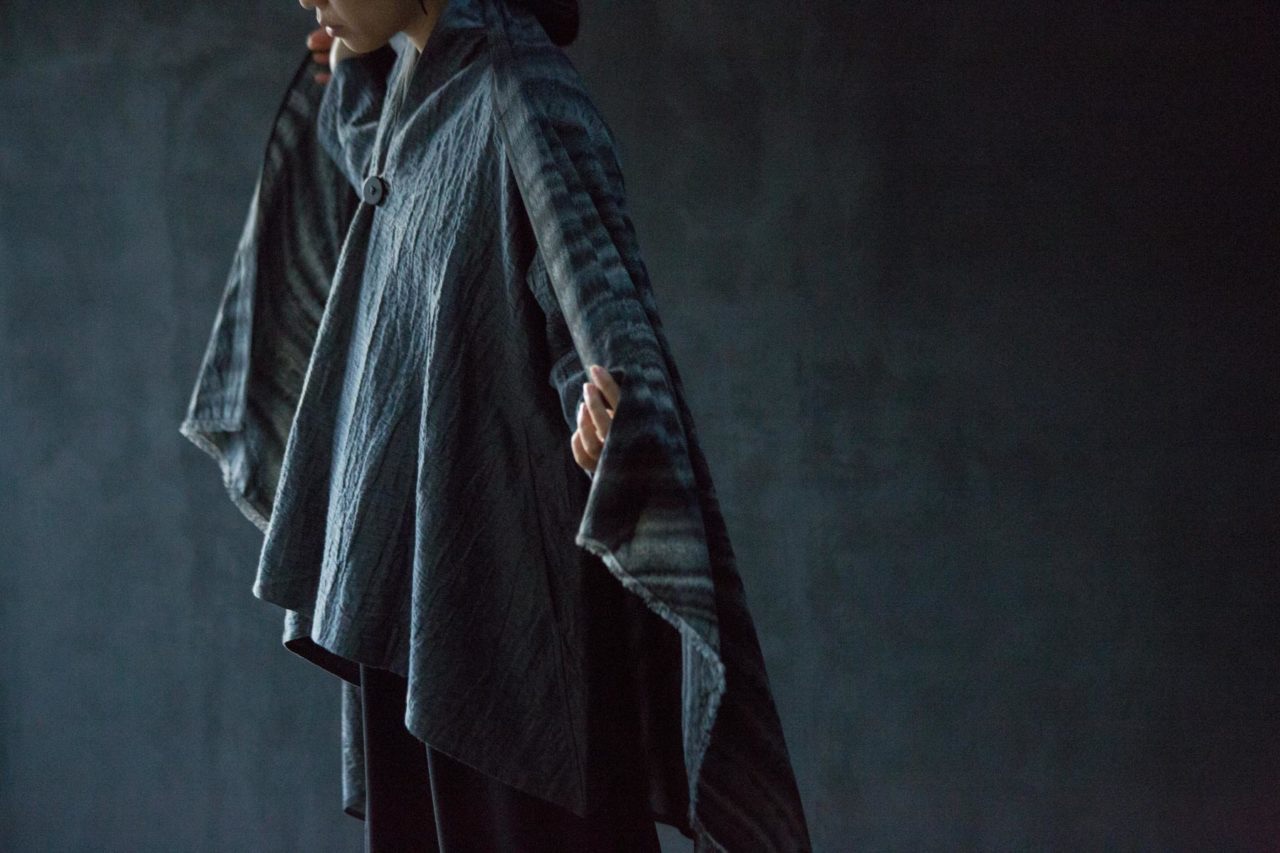
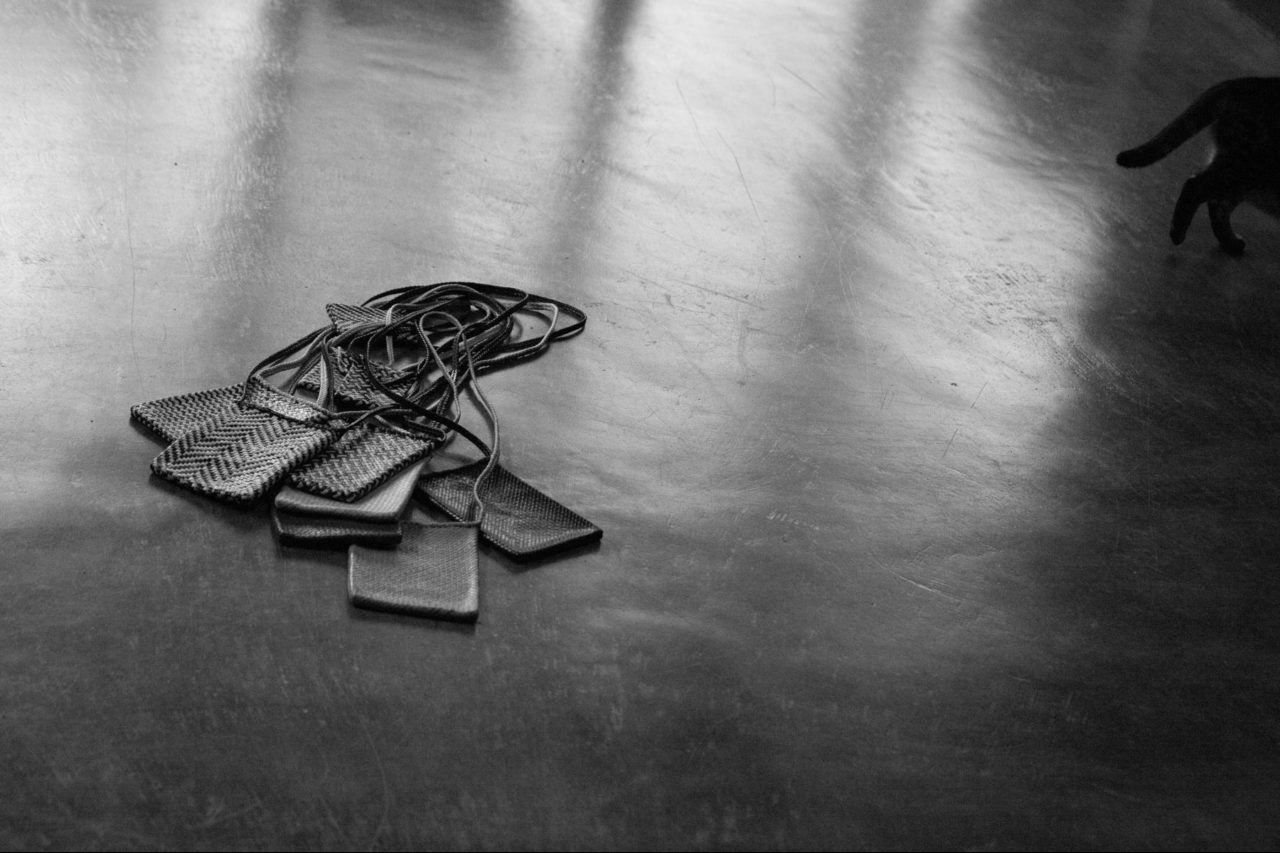
Lehl was a fabric designer when he first arrived in Japan. He later shifted to the fashion industry for its better profile. His environmental concern was yet to be a focus at the beginning of the brand; it would, in fact, surprise many to find out that how often chemical materials like nylon were used in his earlier designs. One day, after reading a detailed analysis of the production of chemical fiber from a magazine, Lehl had learned about the enormous amount of toxic waste generated from manufacturing and disposing of chemical fiber. Back in the days when technology was not as advanced, natural materials like cotton, linen and wool were used in most of the textile production. Along with the advancement in technology, nylon and resin have taken over for their lightness and durability. The offside is, however, the damage they do to our environment. What does it mean by progress? What can he do as a designer? These questions prompted Lehl to use only natural material for his future production, so as to help to protect the world.
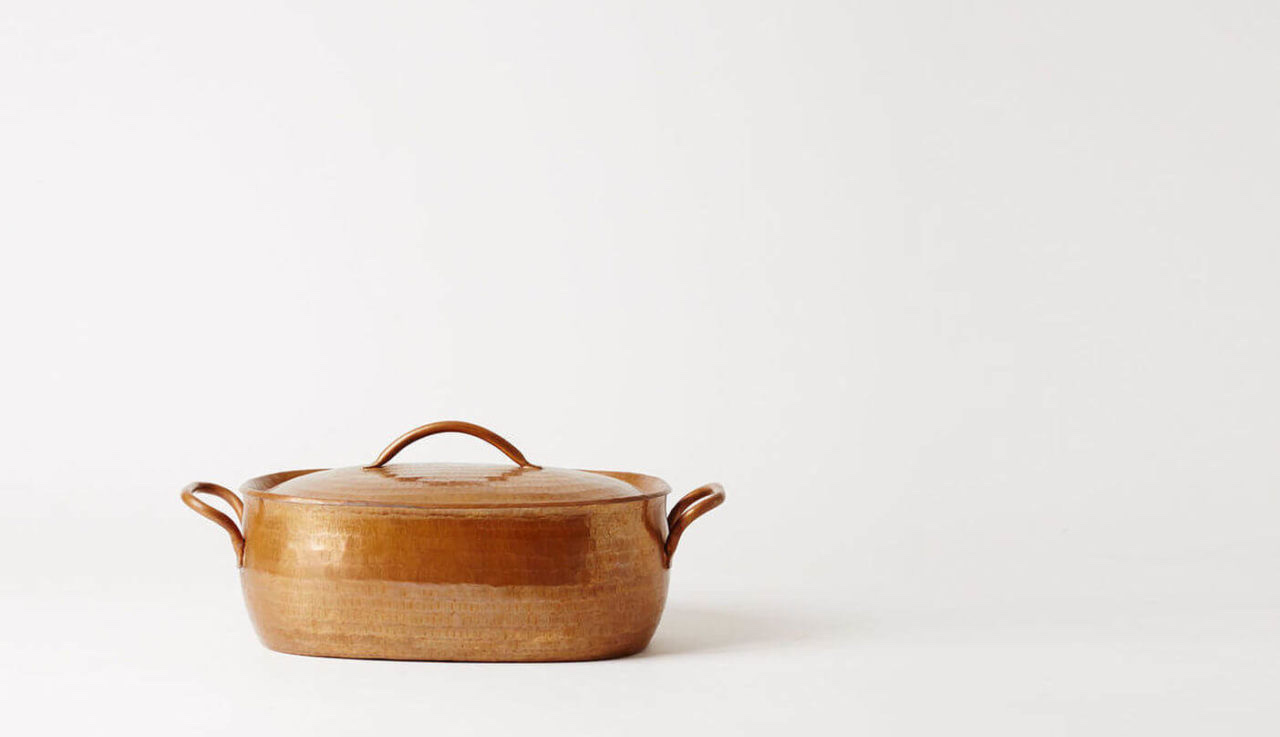
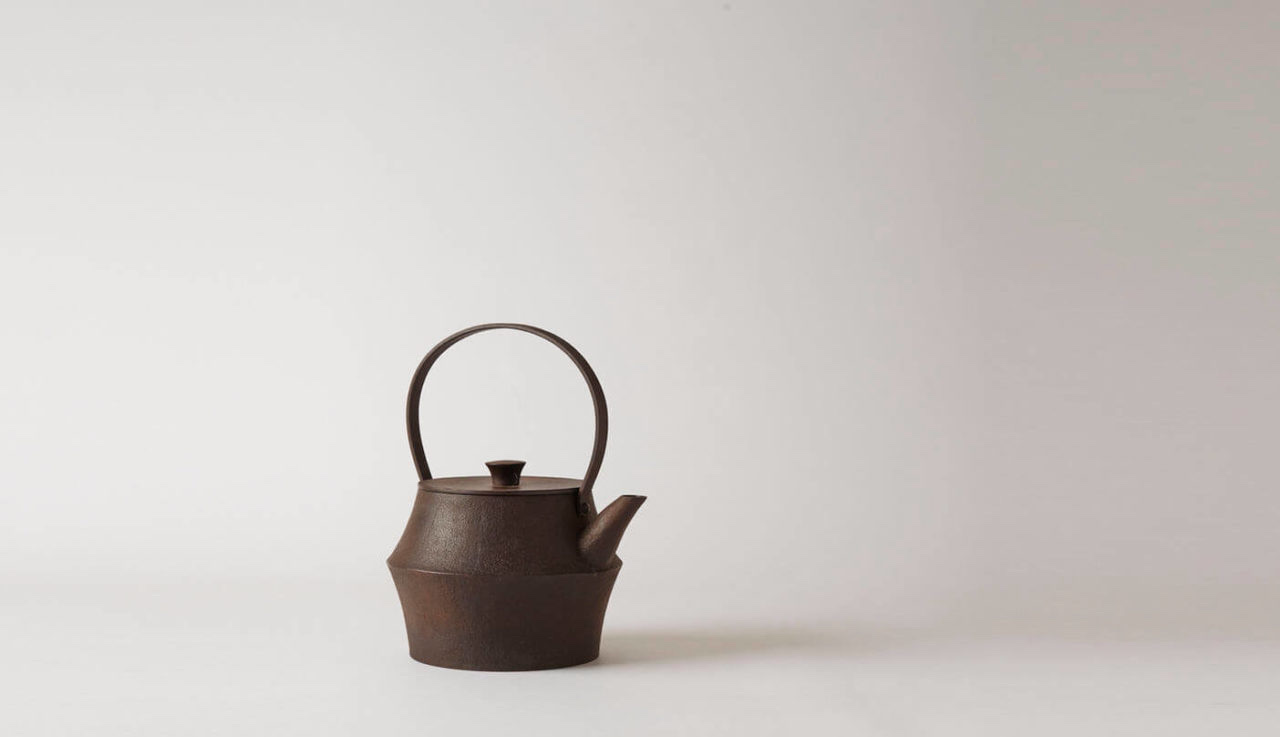
Jurgen Lehl is well received in Japan, which is home to tens of the shops located around in the whole country. When maintaining his brand, Lehl was hindered by many obstacles when executing his believes. In 2005, he therefore founded the brand Babaghuri and invited artisans from around the world to create various items, including clothes, tableware, soap and homeware. The items were all manufactured on a small scale with handmade technique with all natural materials. Influential artisans like Akito Akagi and Masanobu Ando also participated in Jurgen Lehl’s projects. Although Babaghuri is a brand that firmly insists on handmade products with natural materials, Jurgen Lehl maintained an unexpectedly good balance between product design and craftsmanship.
In the year 1999, Lehl set up another base in Okinawa, which is one of the milestones for the brand’s ecological friendly approach. In the video shot by the Museum of Contemporary Art Tokyo, Jurgen Lehl was walking barefoot along the forest lake while talking about his idea of nature, “Things are always changing in Okinawa. When a typhoon comes, every former effort can easily go in vain. Human beings are helpless in resisting the nature, and yet so powerful when destroying nature.”
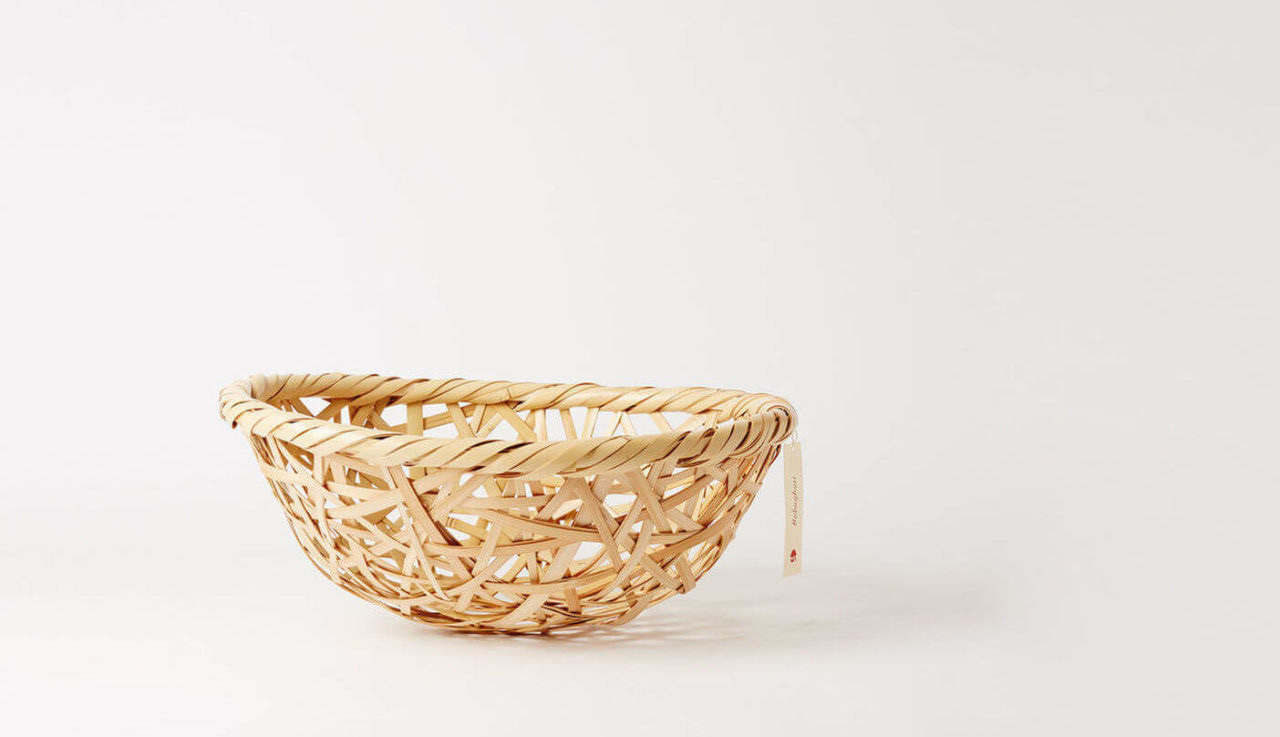
Lehl’s effort to promote sustainability could be seen in multiple ways: he never did any fashion show since he found it a waste of resources, he provided only organic vegetarian food in the canteen. The rice in the canteen meals and the herb tea for sale in Babaghuri are all grown in Lehl’s farm in Okinawa.
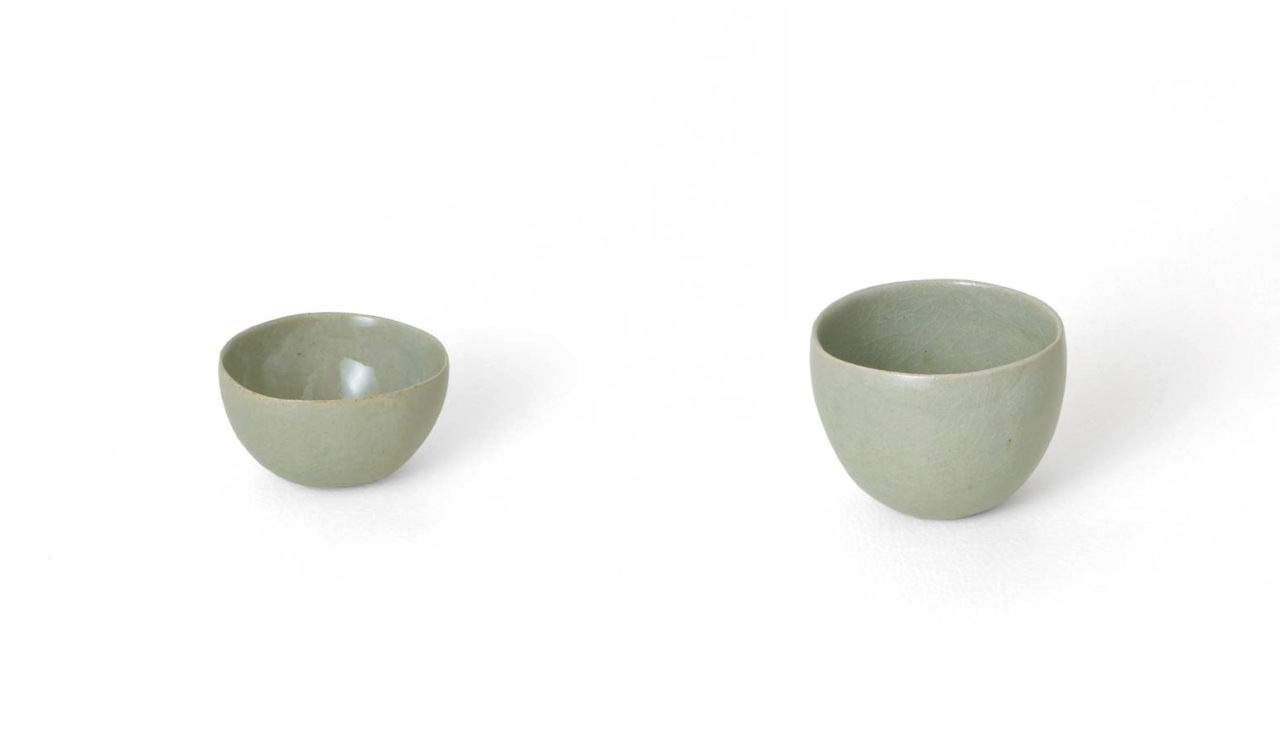
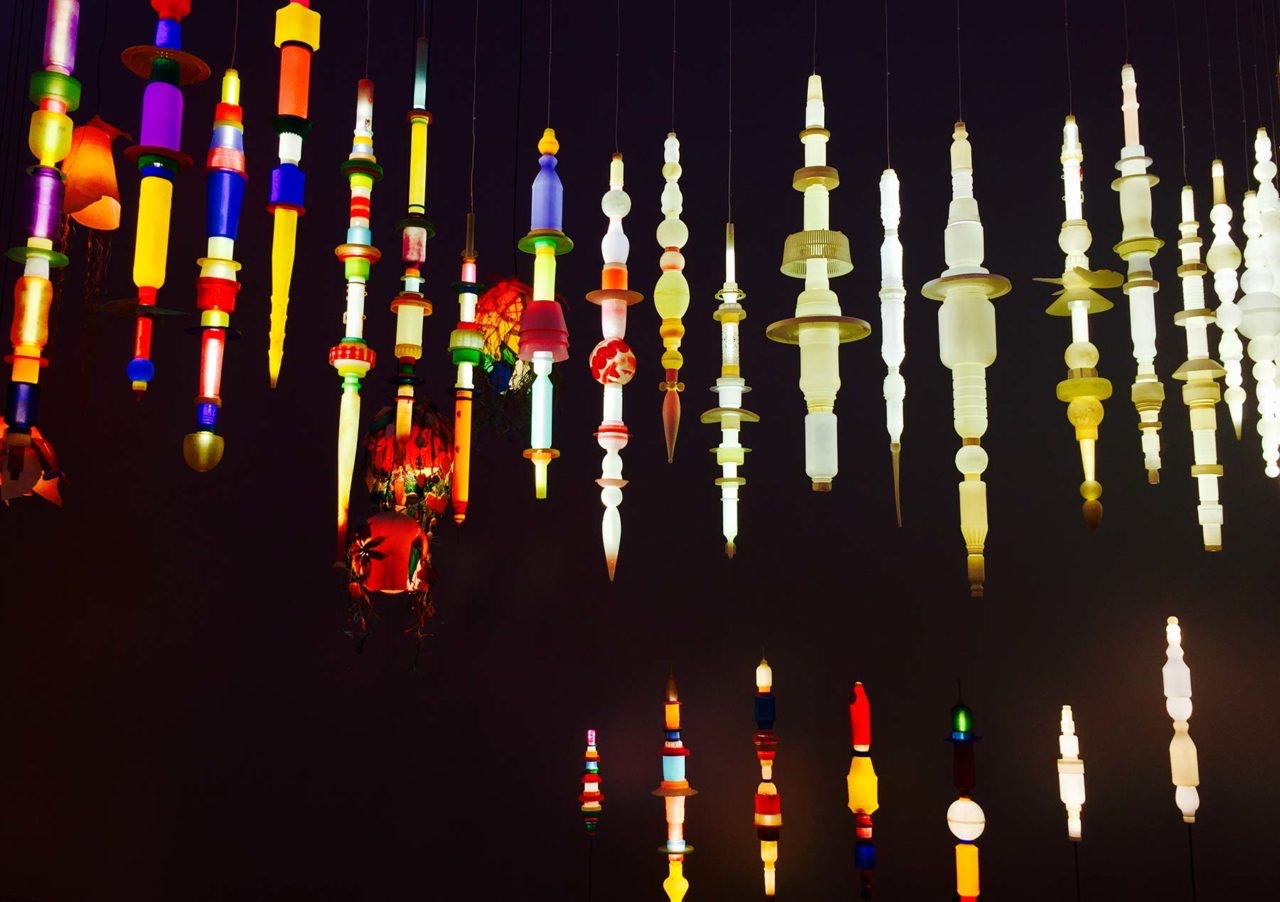
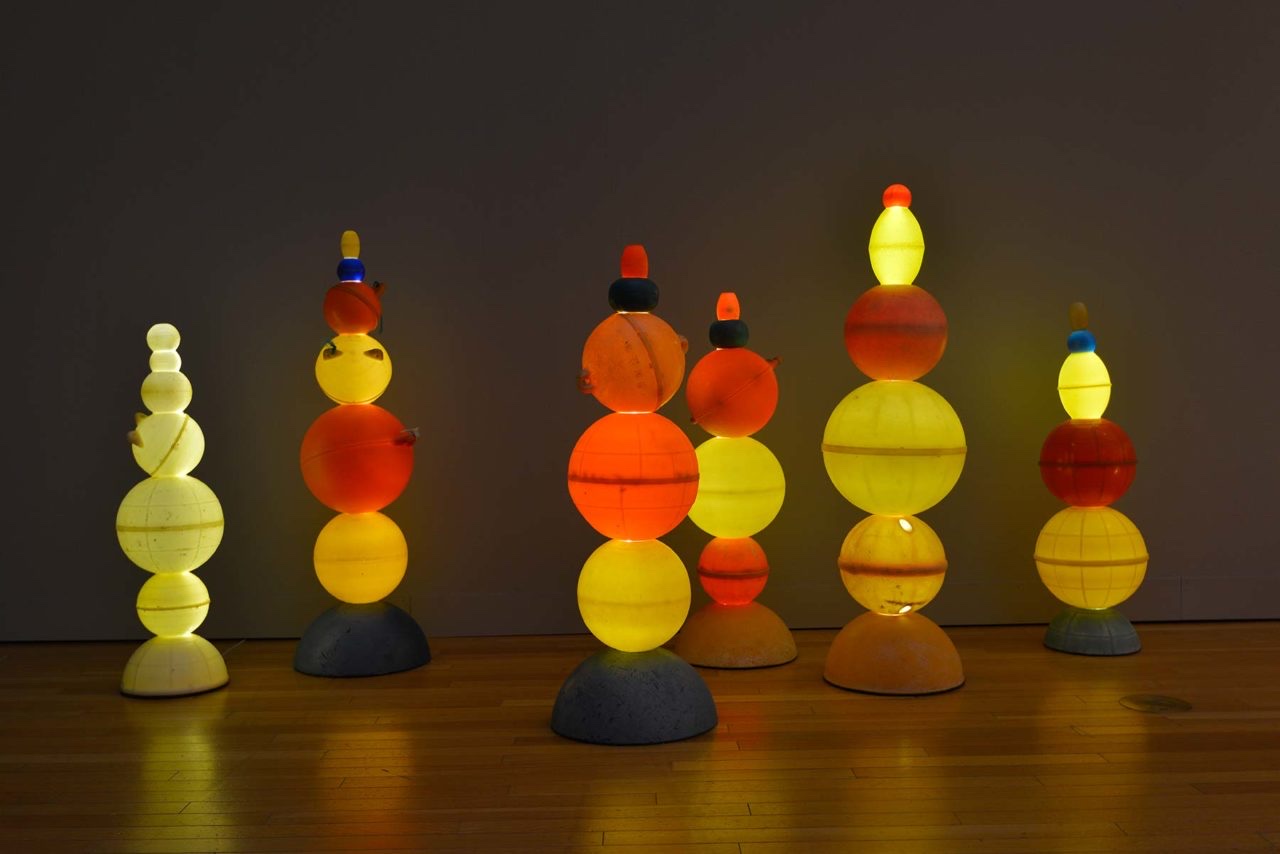
The few years before his death, Lehl spent a lot of his time cleaning the beaches in Okinawa. Regardless of his effort, the beach was still always filled with trash. While hoping to find beautiful pieces of glass that were smoothed out by water movement, he could only find a lot of non-degradable plastic waste. Lehl then tried to organize the waste and turned them into light decorations and installation works. One year after his death, Museum of Contemporary Art Tokyo hosted an exhibition called On The Beach that showcased these works. The exhibition hall was filled with light decorations that were made from plastic waste, which are beautiful but harmful to the environment. Visitors were on one hand impressed by the beautiful decoration, and on the other hand, saddened by the destruction brought by the material. These splendid works reminded people of their responsibility to the environment. So what did we sacrifice for “progress”? The deceased Lehl has left to us this question to dwell on.
